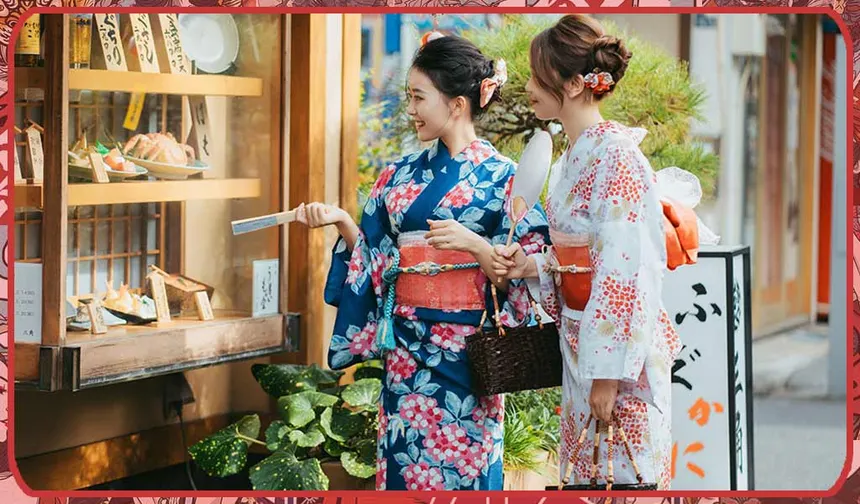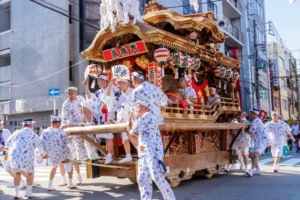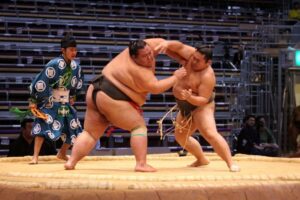
The kimono is one of the most recognizable cultural symbols of Japan. This traditional garment has been worn for centuries and continues to be admired for its beauty, elegance, and deep cultural meaning. Although modern fashion trends have evolved, the kimono remains an important part of Japanese identity and heritage. It appears in festivals, ceremonies, weddings, and cultural performances, making it a cherished symbol of tradition and style.
What Makes the Kimono Unique
The kimono has a distinctive T shaped design with straight seams and wide sleeves. It is typically wrapped around the body and secured with an obi, a wide belt that adds both structure and decorative flair. The garment can be made from silk, cotton, or synthetic fabrics, with each material chosen for its texture and aesthetic qualities. The colors and patterns often reflect the seasons or the wearer’s status and occasion.
Types of Kimono and Their Uses
Different types of kimono are worn for different events and each carries its own meaning.
1. Furisode
This kimono has long flowing sleeves and is typically worn by unmarried women during formal occasions. It is often bright and richly decorated.
2. Yukata
A casual lightweight kimono usually made of cotton. It is commonly worn during summer festivals and in traditional Japanese inns. The yukata offers comfort while still maintaining a cultural touch.
3. Tomesode
This kimono is worn by married women for formal occasions such as weddings. It often features elegant designs below the waist.
4. Homongi
A semi formal kimono worn by women for events like tea ceremonies or special gatherings. It is known for flowing patterns that cross over seams.
The Cultural Meaning Behind the Kimono
Wearing a kimono is not only about style. It also reflects Japanese values such as respect, modesty, and harmony. The way the kimono is folded, tied, and layered follows traditional customs. Each detail has significance. Even the placement of patterns or the choice of color can symbolize good fortune, beauty, or seasonal change.
Kimono in Modern Culture
Today the kimono continues to inspire both traditional craftsmanship and modern fashion. Designers around the world integrate kimono elements into contemporary clothing. In Japan, people still wear kimono during celebrations like Coming of Age Day and New Year events. Tourists also enjoy renting kimono to experience Japanese culture more closely.
Conclusion
The kimono is more than clothing. It is a cultural treasure that represents centuries of history, artistry, and tradition. With its refined design and symbolic meaning, the kimono remains an important part of Japanese culture and continues to captivate people worldwide.





